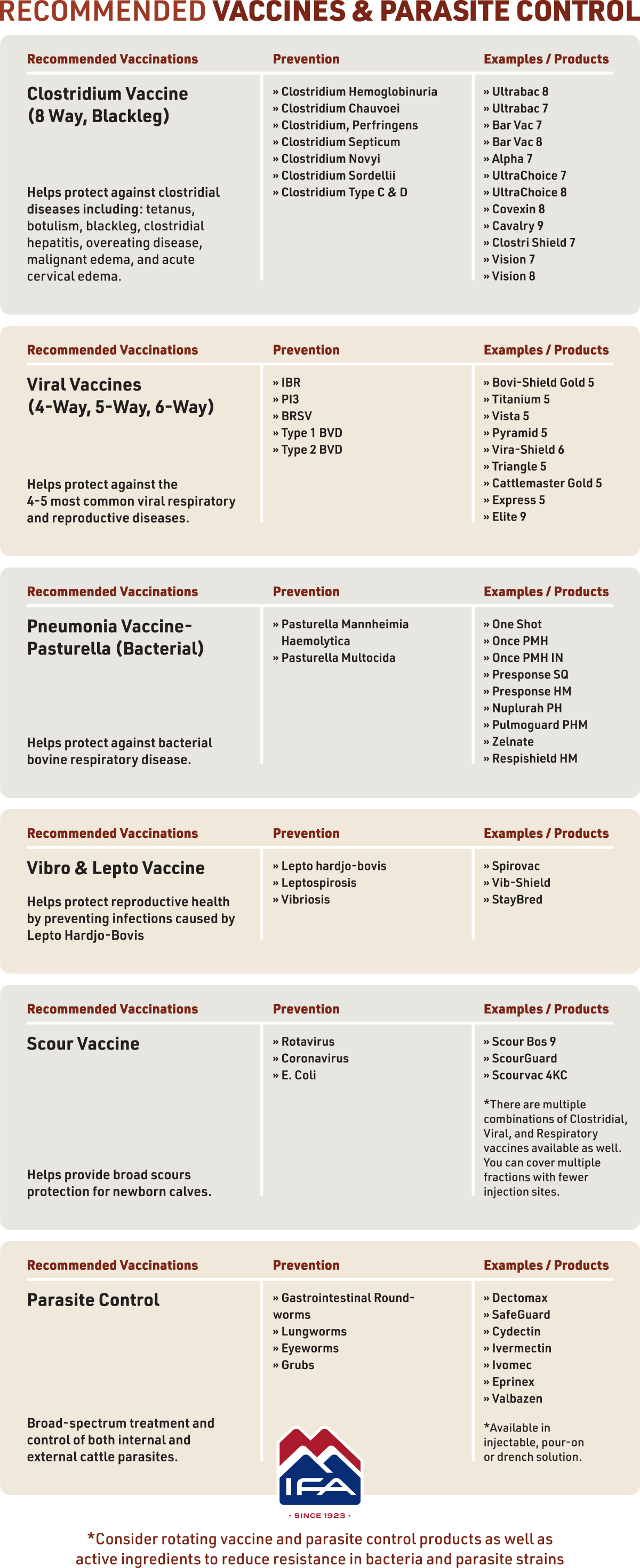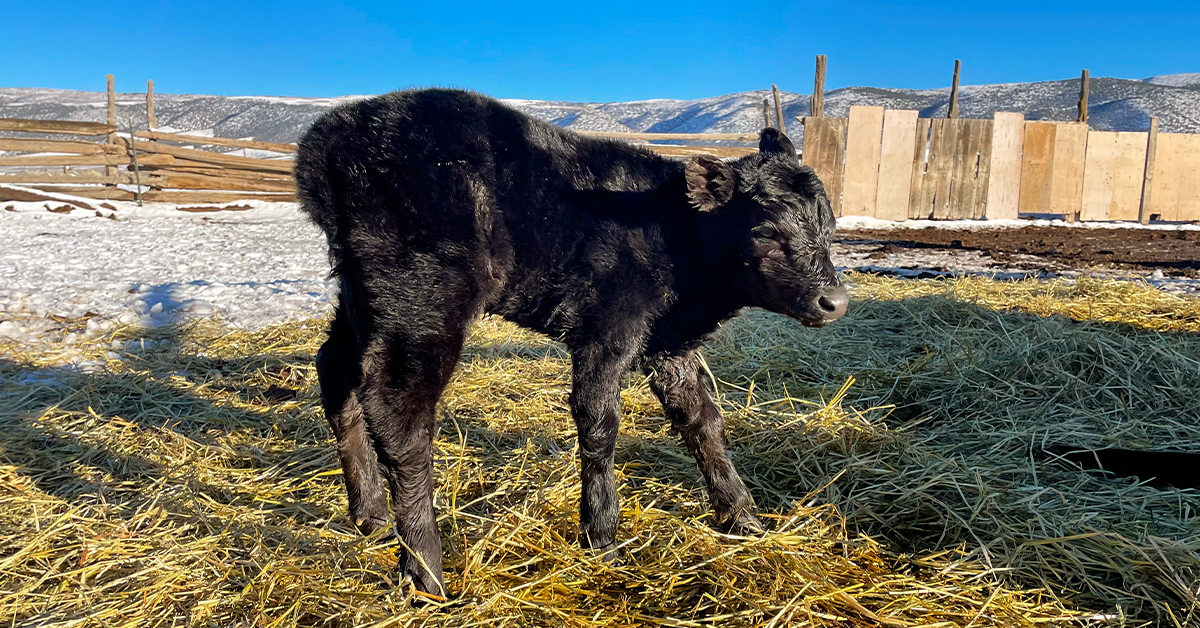
New born calves are the heart of any cow-calf operation and vital to its success. A successful calving season ensures that you not only have a fresh crop of healthy calves but healthy cows that are able to raise the new calf and breed back next year.
Helping cows face the stresses of calving and keeping young calves healthy is the first step towards a profitable year and better bottom line. Formulating a plan for disease prevention, nutrition and facility management and having the right tools can help you prepare for and expect a successful season.
Vaccines and Disease Control
Pre-Calving
The first step to a successful calving season is a consistent and well-rounded vaccine and parasite control schedule. Administering vaccines to pregnant cows can help protect the unborn calf as well as produce antibody rich colostrum that the mother will pass on when the newborn calf nurses.
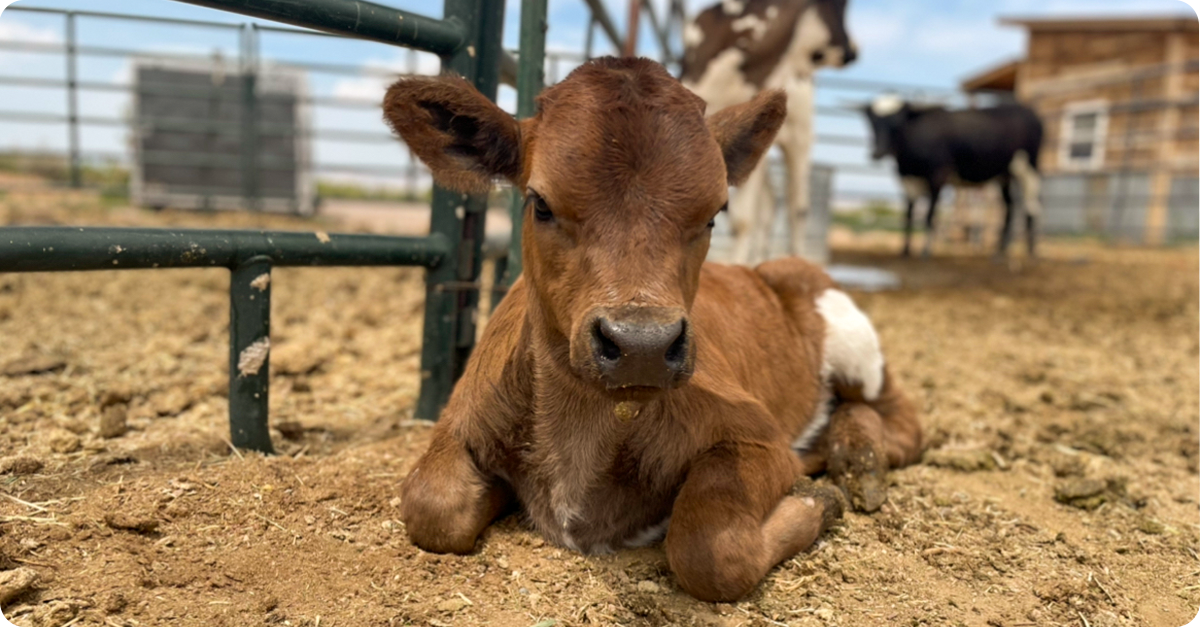
Having a regular parasite control strategy in place can likewise help by protecting your herd from common internal parasites in cattle. This will also reduce the parasite levels in your facilities that could impact overall parasite load on your young calves.
Post-Calving
Once there are calves on the ground, you can help prevent disease by making sure that the calf has gotten up and been able to nurse. Nursing within the first few hours of birth ensures that the calf is receiving antibody rich colostrum that will help it better resist disease.
Despite your best prevention efforts, there is a chance that you may still face sickness among your young calves. Monitor the herd closely for signs or droopy ears, runny nose, lethargic attitude, runny or discolored feces and cough.
If you notice any of these signs you should isolate the animal with its mother (if possible) and provide the necessary treatment. The calf will also need plenty of energy to fight off the illness so if you do not see the sick calf nursing you might consider bottle feeding or tubing it with milk replacer and/or electrolytes.
Nutrition of Cows and Calves
Pre-Calving
Healthy calves are the result of healthy cows and healthy cows are the result of good nutrition. It is important to keep cattle at a body condition score of 4.5-5.5 for older cows and a BCS of 5.5-6.5 for heifers. This ensures that the animals are receiving adequate nutrition and are in the best possible health for the stresses of calving. Making sure cows are nutritionally equipped also provides the best possible results when it comes to breeding back next year.
The best way to help your cows face the stresses of calving season is with a balanced ration and consistent monitoring. If you notice members of the herd that might be falling off in their BCS, you should consider adjusting the ration or moving these animals somewhere they can have better access to feed.
Post-Calving
The nutritional demands of cattle are highest during early lactation. Keeping cows and calves healthy soon after calving requires adequate and well balanced nutrition. You should supplement forage as needed with minerals to provide nutrients that may be lacking in the diet.
Cow health will have a direct impact on calves. However, just because a cow’s nutritional demands are being met does not always mean the calf’s are as well. You should always ensure that calves are getting up and sucking within a few hours of birth. This is not only important to pass antibodies to the calf but ensure that it knows how and can get vital nutrients.
If you notice a calf that is lethargic or weak due to sickness or failure to nurse, you will want to provide electrolytes or milk replacer to give it a little jump start.
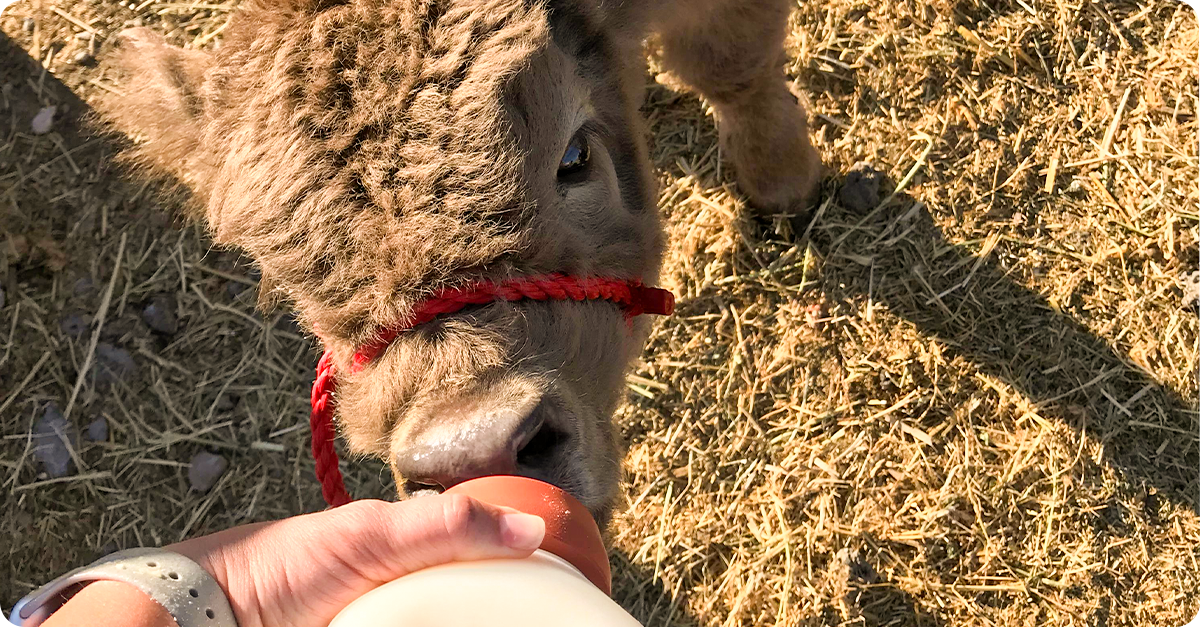
Facility Management
Pre-Calving
As part of your calving prep you should ensure that your facilities are well maintained and as clean as possible. Your pre-calving facility prep should entail cleaning out any muddy calving pens or structures.
You might also consider covering the ground in chop straw or shavings. This will help to not only insulate the ground but help soak up moisture to keep pens dry and clean. Having clean, dry facilities reduces stress for calving and lactating cows as well as helps prevent pneumonia and other diseases.
Post-Calving
Maintaining your facilities and their cleanliness is just as (if not more) important once you have calves on the ground. Regularly clean out muddy pens and provide a dry bedding if possible.
Calving sheds and shelters are good for keeping cold out but can become overly wet. Be sure to rotate in fresh straw or shavings to keep these areas clean and mitigate moisture levels. If the weather is mild and you have access, you might allow cattle to calve in open pastures to reduce the risk of infection (keep in mind that calves born in pastures can be prone to other problems such as dystocia or freezing).
You might also consider designating a quarantine area with food and water sources for sick animals if your facilities allow. Pulling sick cows or calves and treating them away from the herd can help stop the spread.
Calving Tools
Pre-Calving
Whether it be pill guns, calf tubers or a working chute, nothing is worse than needing a specific calving tool and not having it on hand or in working order. Preparing for a successful calving season includes preparing for potential problems and ensuring that you have the means necessary to mitigate these problems.
You should take inventory of your calving supplies and equipment before your calves are on the way. Assess the functionality of your working chutes and calf puller and take note of the supplies that you have or may need to stock up on.
It is a good idea to put together a calving tray with tags, vaccines, pills/pillguns, etc that you will need to take care of new calves. This will make it easier for you to stay organized and know what you have as well as provide easier transport of the necessary tools and supplies to your pens or pastures.
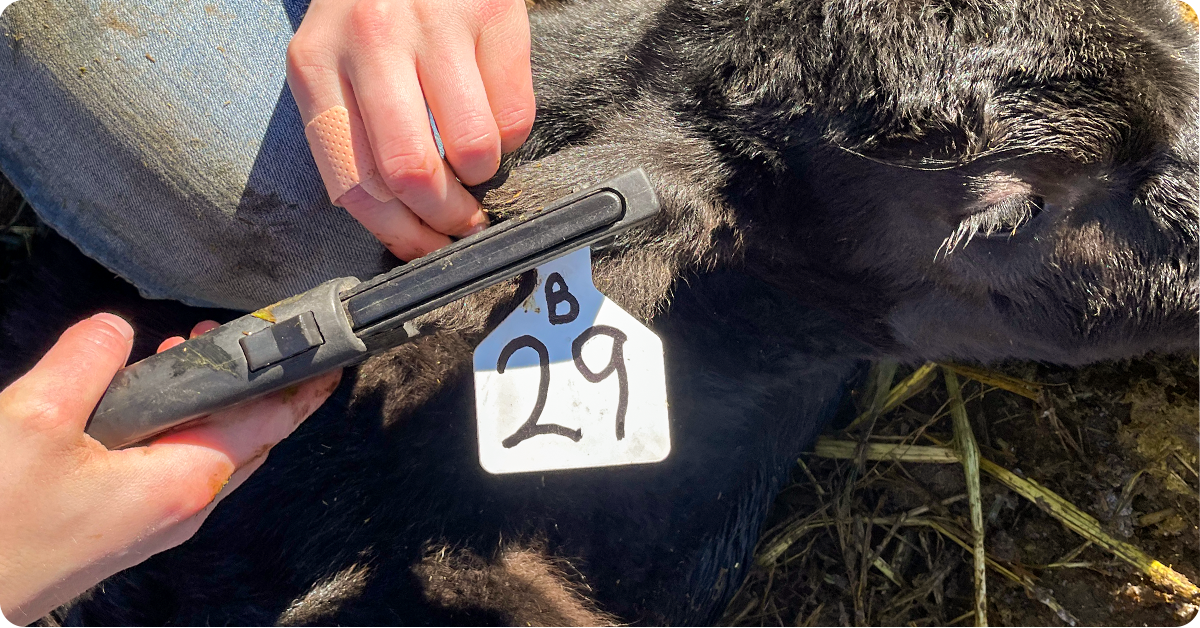
Post-Calving
If you have prepped and secured the necessary tools and equipment, you should be ready to tend to new calves as well as mitigate any illnesses or calving problems as they arise. Monitor your cows closely as calving season approaches. Watch for distress in a calving cow and be ready to assist should you recognize any signs of dystocia.
Once calves are on the ground you should monitor them closely and be prepared to tend to any illnesses as they arise. Keep in mind that as you deal with sickness you might want to restock on supplies as you use them to ensure you are prepared for any additional outbreaks.
Growing Your Newest Herd Members
Calving season is a vital time around your operation. Your newest herd members are the life-blood of the ranch and keeping them healthy ensures the continued success of your operation as well as a better bottom line.
Make sure that you are prepared and well equipped by visiting your local IFA Country Store to stock up on the calving tools you may need from colostrum and milk replacers to vaccinations and medications.
We understand that it is better to be prepared than wish you had been. Members of our knowledgeable IFA team are ready to help you develop an effective calving season management plan to prepare for a successful calf crop.
Information for this article was provided by Douglas Skyer, DVM, MBA, IFA South Region Feed; Dennis Christensen, M.S., P.A.S., Feed & Nutrition Advisor, Draper IFA Feed; Katie Dodge, Elko IFA Country Store; and Jill Singleton, Feed & Nutrition Category Manager, IFA.
Photo credits: Heart L Ranch, Cami Evans and Briann Hazelbush


